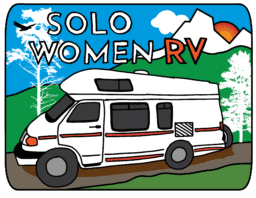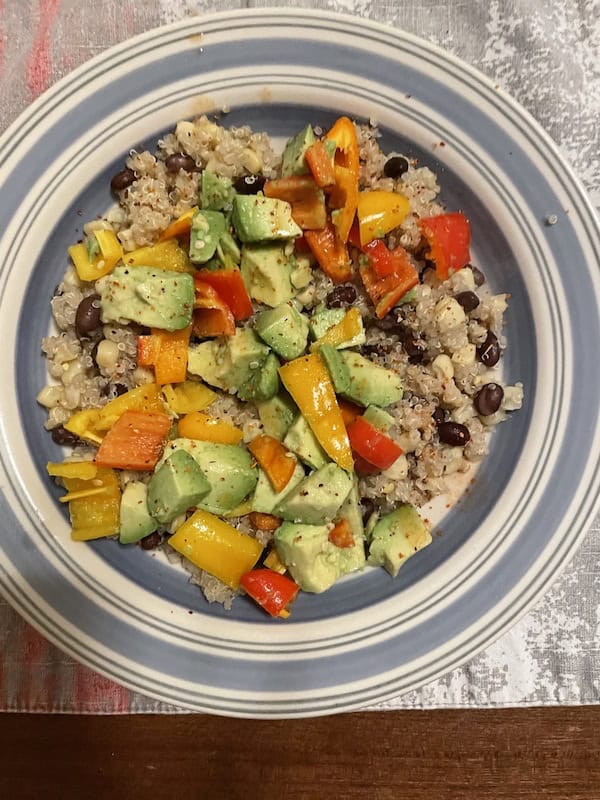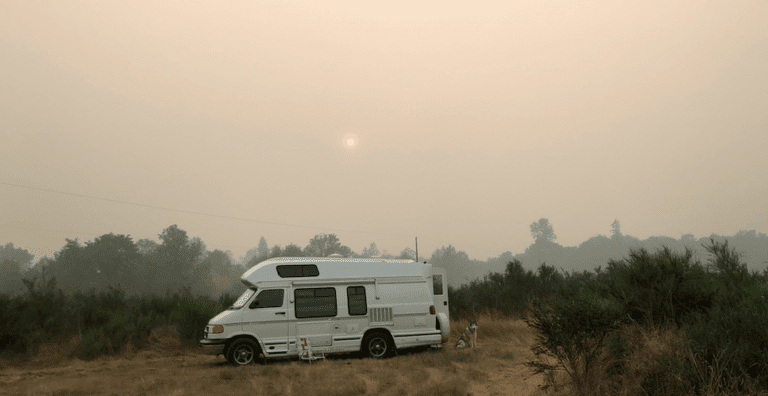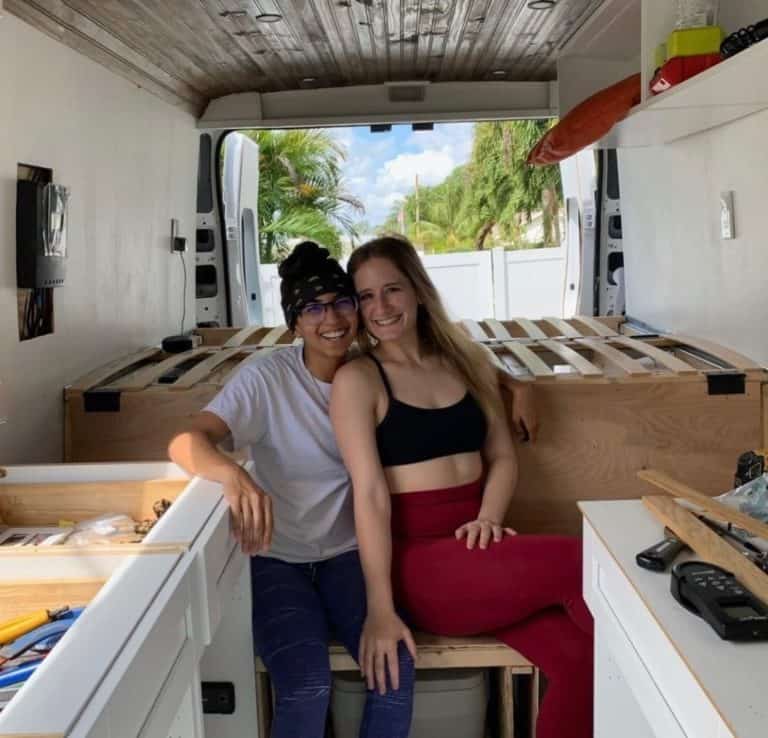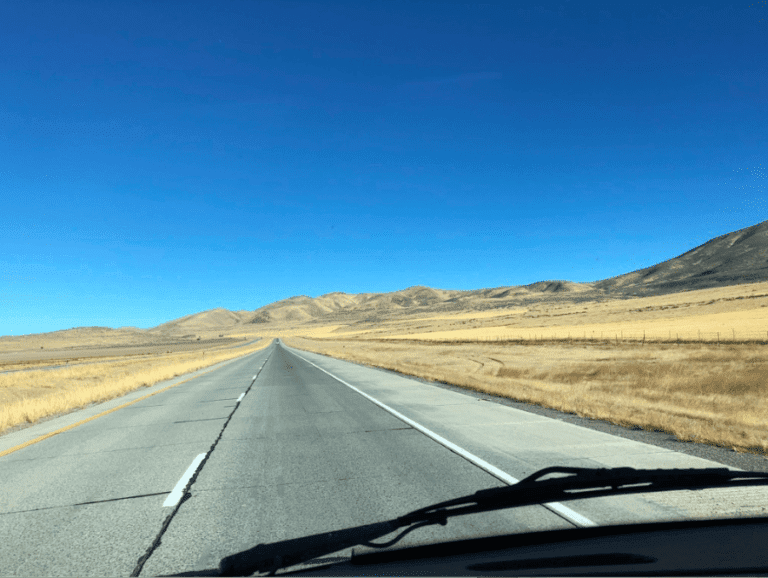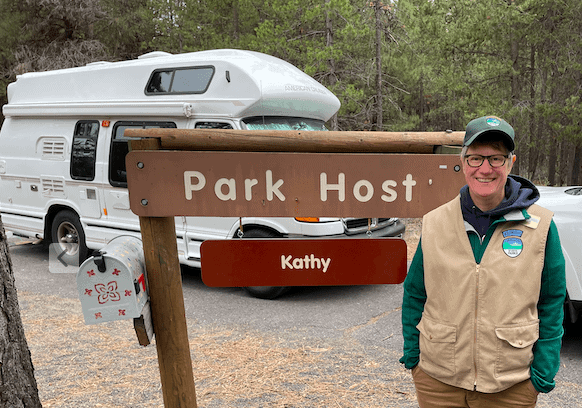Solar 101 for Solo RV & Vanlife
General Solar Overview for RVs &Vans
Courtesy of Nathalie and Lillie of Moving Oasis Vans
Thinking about upgrading to solar or getting solar for your RV or van, but don’t know where to start? How much solar do you need for RV or vanlife? How does solar work for RV or vanlife? What are the basic solar components, how do they work together and how do you determine what you need for your particular set up?
Nathalie and Lillie shared on the Solo Women RV podcast all about Solar 101 for solo women Rvers and vanlifers. Listen in and read up on their recommendations below.

Basic Components of a Solar System:
- Solar panels – sun rays hit the panels, and converts that energy into electricity
- Solar Charge controller – controls flow of electricity going from your solar panels to your batteries
- Battery – stores the electricity so you can use it whenever for ex: on cloudy days
- Inverter/Charger – Converts DC to AC power and allows you to charge battery with shore power – at a campground. (Can be bought as separate components if on a budget).
- Optional: DC-DC Battery Charger or Isolator (Charge house battery from Car battery).
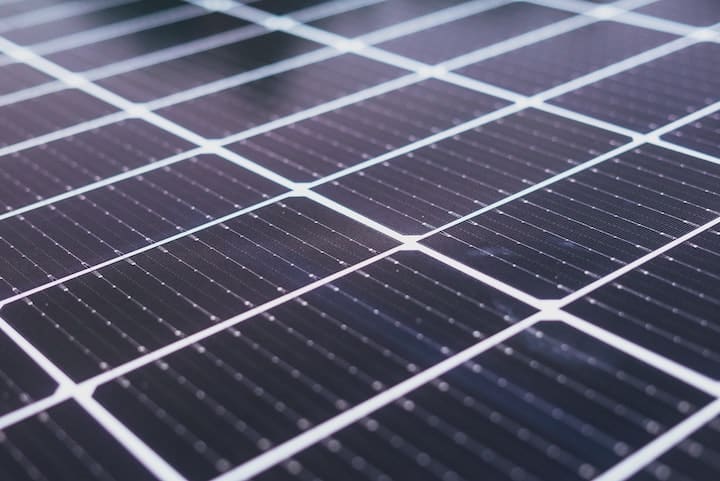
DC & AC for RV Solar–Solar 101
For van or RV electrical setups, you will have a battery that can provide direct current (DC), and anything that you connect to your battery will receive direct current. Basically, you connect a red wire to the positive terminal and a black wire to the negative terminal and electricity only flows in one direction. And really, DC is the only type of current that batteries can supply just on their own.
Alternating Current (AC) is the type of electricity that your local power plant supplies to all houses, offices, etc. When you plug anything into an outlet in your house, it receives AC. And with AC, the flow of electricity actually alternates back and forth really quickly.
For our purposes, you basically just need to know that these two types of electricity are different and that we will have different methods for powering devices depending on whether they run on DC or AC.
12 Volt DC System for RVs and Vans:
- Lights
- Vent Fans
- Refrigerators
AC Inverter System for RVs and Vans:
- Outlets
- Higher rated appliances – Laptop chargers, Toasters, coffee-makers
Fuse/Switch/Circuit Breakers:
The combination of a fuse and switch are common to have connecting two vanlife solar components in your electrical system. For example, you should have a fuse and a switch between your battery and your inverter. The fuse protects the inverter and the wires, and the switch allows you too safely and easily cut power to the inverter (if you need to work on it).
However, a circuit breaker combines the fuse and the switch into one component. A circuit breaker is basically just a resettable fuse, meaning that when it “trips”, you can simply flip the switch and restore the circuit.
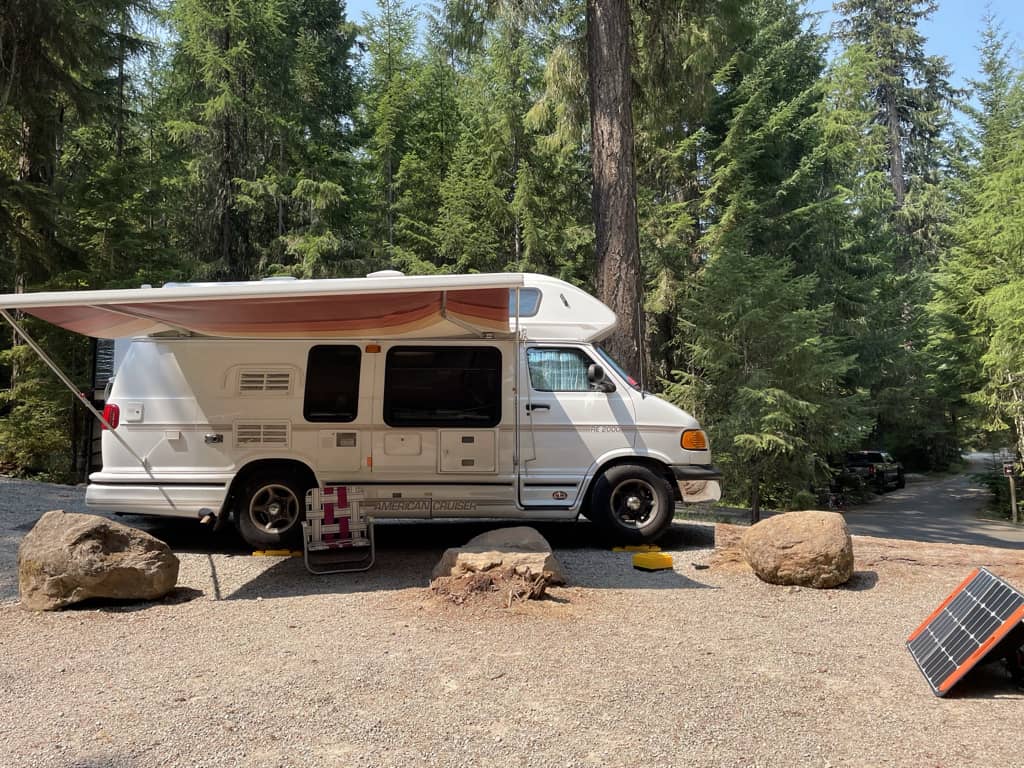
Steps to Set up Your RV or Van Solar System
- Calculate the amount of electricity that will be required in Watt-hours (Wh).
- List all the appliances/devices/components and the amount of watts that they draw.
- How many hours do you plan to use for each?
- Watts x Hours = Wh
- Determine the amount of battery capacity that you will need
- Battery capacity is measured in amp-hours (ah) therefore need to convert Wh of power consumption in ah by dividing by the system voltage (12v or 24v).
- Wh / 12v = ah —> the amount of battery power you will need.
- Figure out how many solar panels you will need to fully charge the batteries
- Solar panels are in watts, so divide x Wh of power consumption by the average amount of full sunlight per day (say 5 hours).
- Wh / 5 hours = x watts
- In theory, x watts fully charge batteries each day to accommodate power consumption. However, it doesn’t work that way trees, clouds, shade, etc. therefore need to get more power than you consume to be safe.
How Much will an RV Solar System Cost?
- Basic low budget system: $700
Includes: (1) 125ah AGM battery, 600 watt inverter, and battery isolator (charges from car battery to house battery)
- Mid-range: $1,400
Includes: Renogy 200 watt solar kit, (2) 125 AGM Battery, 1000 watt inverter, Battery Isolator
- High Range: $2,000
Includes: Renogy 400 watt solar kit, (2) 155 AGM Battery, 2000 watt inverter, 60A DC-DC Charger
- Highest Budget: $3,500
Includes: Renogy 400 watt solar kit, (2) 100ah lithium battery, 2000 pure-sine watt inverter, 60A DC-DC Charger
Also mentioned on this episode: Maxx Fan
More Resources online:
- Vanlife electrical
- How to choose the best campervan batteries
- How to design a solar system for a van
- A beginner’s guide to vanlife solar
- How much solar do I need?
- Solar Calculator
Affiliate Disclosure: I may be an affiliate for books or products that I recommend. If you purchase those items through my links, I may earn a commission. You will not pay more when buying a product through my link. I only recommend books and products that I use and am genuinely interested in.

